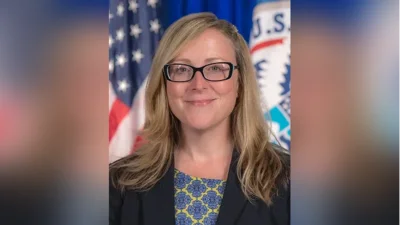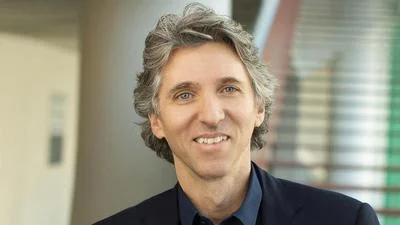Rabbi Dr. Ari Berman, President and Rosh Yeshiva | Yeshiva University
Rabbi Dr. Ari Berman, President and Rosh Yeshiva | Yeshiva University
In a lab located on the 11th floor of Yeshiva University's Belfer Hall, Joshua Rodriguez, an adjunct professor and lab technician, is transforming the way students engage with physics. His new course on 3D printing combines theoretical knowledge with practical application, encouraging students to connect scientific principles with design while developing essential career skills.
Rodriguez holds degrees in both physics and philosophy from City College of New York and a master’s degree in the philosophical foundations of physics from Columbia University. While he is intrigued by the philosophical questions posed by quantum mechanics, his focus in the lab is on making abstract ideas tangible. Students gain hands-on experience with advanced tools and software, learning additive manufacturing skills that extend beyond traditional textbooks.
The course aims to provide a solid foundation in 3D printing fundamentals and guide students through Autodesk Fusion 360, a widely used 3D modeling software. After introducing various printing methods such as Fused Deposition Modeling (FDM) and Stereolithography (SLA), Rodriguez emphasizes experimentation. "I want them to see what happens when you have failed experiments—not just ones that work," he stated. "Understanding and fixing issues builds resilience and problem-solving skills essential for any engineering or science field."
Rodriguez encourages student autonomy by allowing access to 3D printers throughout the week for personal and class projects. The materials available range from plastic to carbon fiber composites, with plans to add a metal printer soon.
Yoel Jacobson, a student in the Katz School's M.A. in Physics program at Yeshiva University’s Pathways program, sees this course as pivotal for his engineering career aspirations. “This course fills a desire among students for more applied engineering,” said Jacobson. “When Professor Rodriguez floated the idea about it, students were very excited."
In class, students receive detailed introductions before starting projects that range from simple sketches to complex stress analysis using Fusion 360's tools. Jacobson described one project where they examined how stress affects different lengths of plastic blocks using math, educated guesses, and computer simulations.
One notable project was Jacobson's honeycomb-inspired ring designed for Rosh Hashanah. “Professor Rodriguez gave us creative freedom," he said.
Dr. Fredy Zypman, physics professor and chair at Yeshiva University, noted that seven years ago the department began focusing on applied physics and engineering due to market demand for these skills. “After building the makerspace and developing the software," he said.
Rodriguez's approach equips students to handle real-world challenges beyond mere technical proficiency or software knowledge: "Learning 3D CAD and programming isn’t just the next step,” he explained.
The course exemplifies Yeshiva University's commitment to forward-thinking education by blending tradition with innovation—preparing students as future problem solvers in their careers.
For Jacobson and his classmates, this course has made physics more relevant: “Students always ask 'When will I use this in my career?' But you can’t say that about this class,” Jacobson concluded.






 Alerts Sign-up
Alerts Sign-up